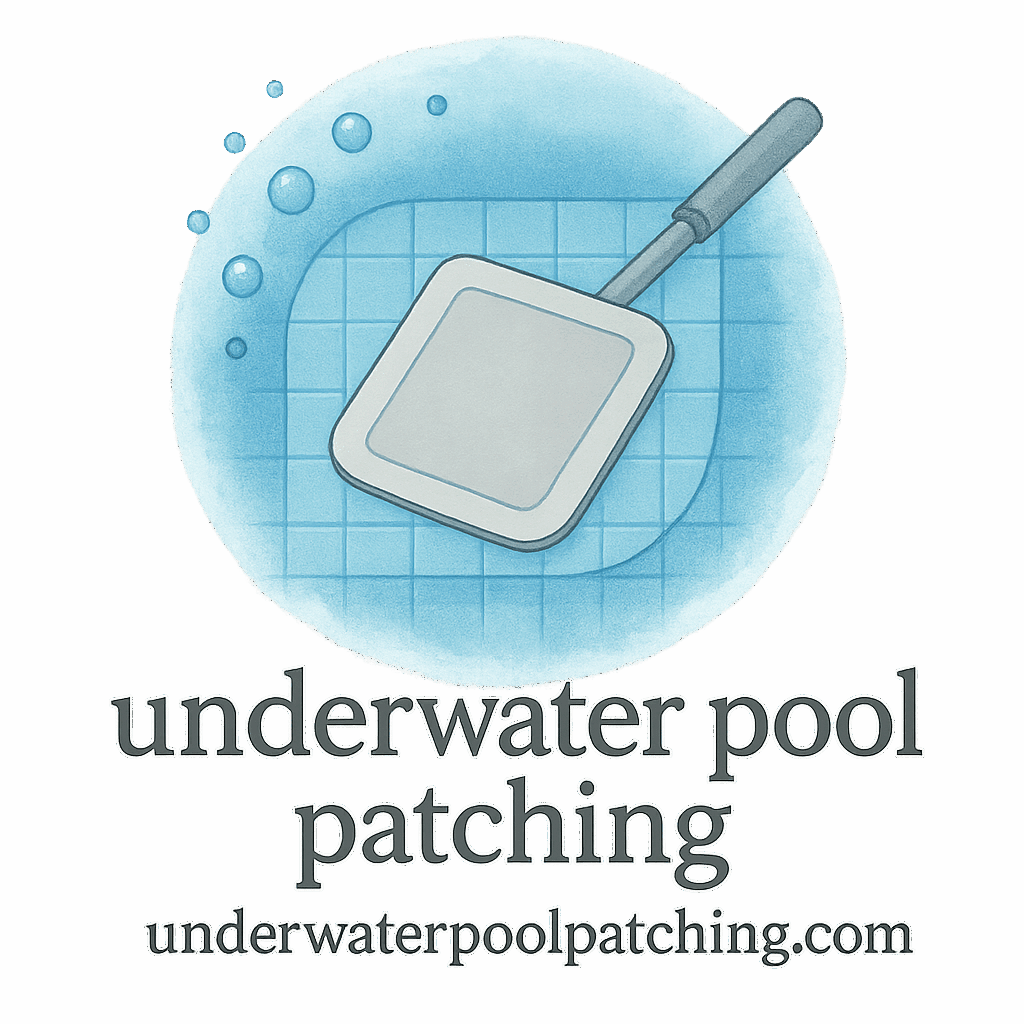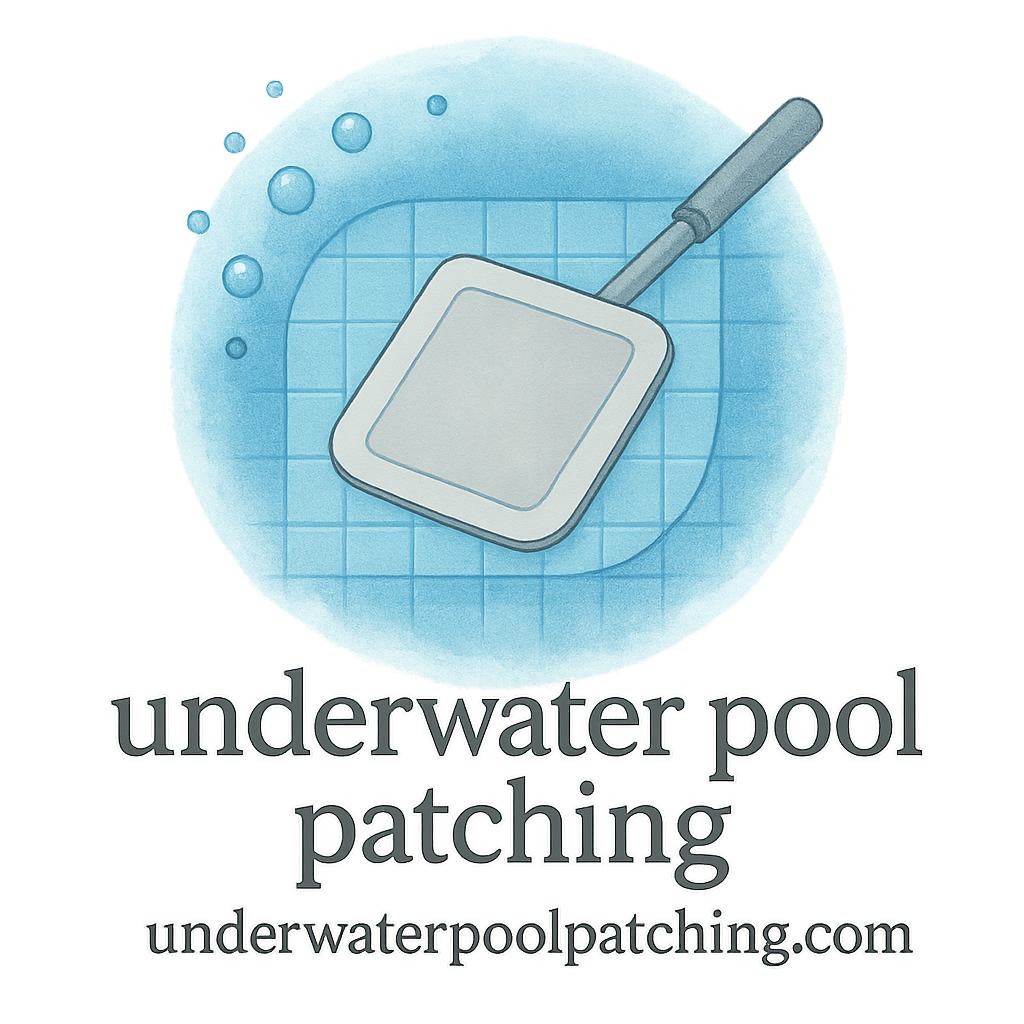Introduction
Got a pesky leak in your pool and dreading the cost of repairs? You’re not alone. Pool owners everywhere are discovering the magic of waterproof underwater pool patches you can install yourself. These DIY solutions save money, time, and a whole lot of frustration.
In this guide, we’ll walk through the best patches on the market, how to use them, and how to avoid costly mistakes. Whether you’re dealing with vinyl tears or cracks in concrete, we’ve got a fix for you.
Why DIY Pool Patching is a Smart Move
Think of it like putting a bandage on a scrape—it’s simple, quick, and way cheaper than calling in a specialist. DIY pool patching is practical for small to moderate leaks. Plus, with so many user-friendly kits available, even beginners can do it.
It’s all about knowing what to use and how to apply it—kind of like following a recipe for repair.
What to Know Before You Patch Your Pool
Tools and Materials Checklist
Before diving in, make sure you’ve got the essentials:
- Pool-safe adhesive
- Patch material (vinyl, epoxy, etc.)
- Scissors or utility knife
- Waterproof gloves
- Cleaning brush
- Mask or goggles if underwater
Pre-Patching Pool Inspection
Before slapping on a patch, locate the leak and assess the damage. A proper pool inspection and diagnosis can save you from wasting time and materials.
Use a pressure test or dye test to pinpoint trouble spots. If the leak is near a seam, edge, or drain—use a specialized patch.
Understanding Waterproof Underwater Pool Patches
How Waterproof Patches Work
These patches are designed to adhere even in wet conditions. They form a waterproof seal that blocks leaks without requiring you to drain the pool. Think of it like underwater duct tape—but made to last.
Types of Waterproof Patches
There are several types, and each has a specific strength:
- Vinyl: Flexible and ideal for liners.
- Epoxy: Ultra-strong for concrete or gunite.
- Peel-and-stick: Perfect for fast, temporary fixes.
For a full rundown, check out the patch types and materials guide.
7 Waterproof Underwater Pool Patches You Can Install Yourself
1. Vinyl Patch Kits
These are a go-to for vinyl liner pools. The kit usually includes vinyl material and adhesive that works underwater. Just cut, apply, and press firmly.
Vinyl patch kits are cheap, easy to use, and best for tears and holes smaller than a dinner plate.
2. Waterproof Epoxy Patches
If your pool is concrete, this is your fix. Waterproof epoxy is thick, durable, and ideal for sealing cracks or chipped areas.
Apply it like putty—mold it into place, and let it harden. It forms a permanent bond. Explore more at Epoxy Patch Repairs.
3. Peel-and-Stick Patches
These are the Band-Aids of the pool world. Just peel, stick, and press—no glue needed.
Great for fast fixes or as a backup for travel. Keep a few in your pool kit for emergencies.

4. Rubber-Based Adhesive Patches
Rubber adhesive patches flex with your pool, making them perfect for high-traffic zones like steps and corners.
Their stretchiness also means they hold up better under pressure—literally.
5. UV-Cured Patches
Apply the patch and let sunlight do the work. The UV light hardens the seal in minutes. These are fantastic for pools with good sun exposure.
Bonus: No mixing required.
6. Cement-Based Underwater Repair Kits
If you’re patching around drains, jets, or steps, cement-based kits are rock-solid (pun intended). These are especially useful for in-ground pools and structural repairs.
7. Hybrid Multi-Surface Patches
These patches combine vinyl with rubber or epoxy. They’re built to bond to any surface, including tile, fiberglass, and more.
Perfect if you’re not 100% sure what material your pool is made of.
Step-by-Step: How to Apply an Underwater Pool Patch
Clean the Area
First, scrub the area around the leak. Remove algae, debris, or oils. A clean surface ensures your patch sticks and stays.
Apply the Patch
Follow the patch-specific instructions. For adhesives, apply a generous layer. For peel-and-stick, press firmly from the center out.
Smooth and Secure
Smooth the edges with your fingers or a flat tool. This step is key to avoiding bubbles or weak spots. See more smoothing tips at Tag: Smoothing.
Let the patch cure as directed. Most patches hold immediately, but curing time can range from a few hours to 24 hours.
Common Mistakes to Avoid
- Skipping prep: Dirty surfaces ruin adhesion.
- Choosing the wrong patch: Match the patch to your pool material.
- Rushing the process: Let the patch cure completely.
Patience is your best tool here.
Cost Breakdown of DIY Patching
Doing it yourself is a budget win. On average:
- Vinyl kits: $10–$30
- Epoxy kits: $25–$50
- Hybrid patches: $30–$60
Compare that to hundreds in pro labor. For more budgeting help, visit Cost & Budgeting and explore the Budget Tag and Cost-Saving Tips.
Maintenance Tips to Extend Patch Life
A patch won’t last forever unless you take care of it.
- Regularly check for peeling or bubbles.
- Don’t scrub directly over the patch.
- Maintain proper water chemistry.
- Create a maintenance plan that includes routine checks.
You can also explore more ideas at Tag: Maintenance Plan and Tag: Routine Checks.
When to Call in the Pros
If you’ve patched the same spot multiple times, or you see structural issues, call in a professional.
Browse advanced repair techniques or get an inspection from a certified tech.
Conclusion
DIY underwater pool patching is easier than ever—and incredibly cost-effective. With the right tools, some patience, and a solid guide (like this one!), you can stop leaks and save hundreds of dollars.
Whether you’re using a quick peel-and-stick or a long-lasting epoxy, each patch has its place in your repair toolkit. Stick with it (pun intended), and you’ll keep your pool crystal clear and leak-free for seasons to come.
For more guides, product tips, and maintenance hacks, check out Underwater Pool Patching and explore our full blog.
FAQs
1. Can I patch a pool while it’s full of water?
Yes! Most modern patches are designed for underwater application—no draining needed.
2. How long do waterproof patches last?
Depends on the type. Epoxy and cement patches can last years, while vinyl may need replacing annually.
3. Can I use a patch for a leak near the pool drain?
Absolutely. Just make sure it’s a strong adhesive like cement or epoxy. Tag: Edge Finish is key.
4. Do I need to use gloves or safety gear?
It’s a smart idea. Chemicals and adhesives can irritate your skin, so waterproof gloves are recommended.
5. What if my patch doesn’t hold?
You might need to clean the area better or use a stronger patch. Review our Tag: Patch Repair.
6. Can I use epoxy on a vinyl pool?
Nope. Epoxy is too rigid. Stick with vinyl patches for liner pools.
7. What’s the easiest patch for beginners?
Go for peel-and-stick. No mess, no mixing, just press and go.


